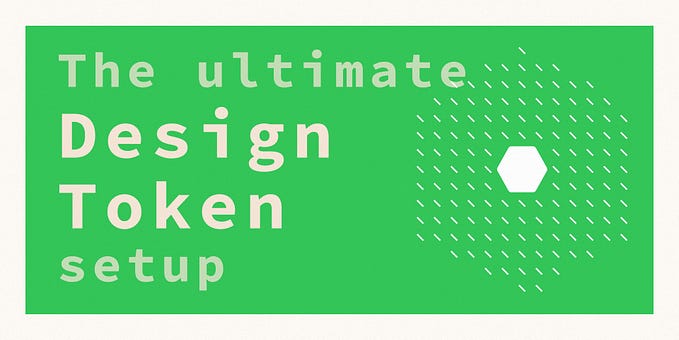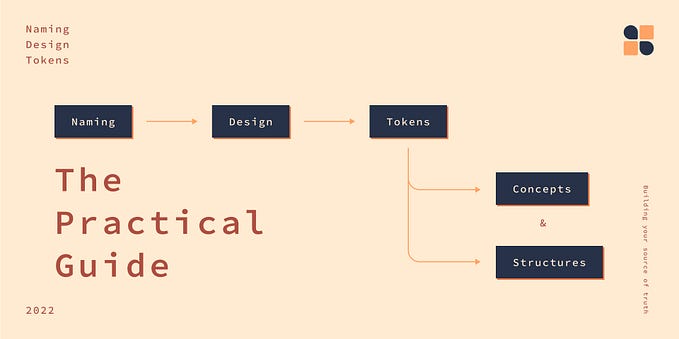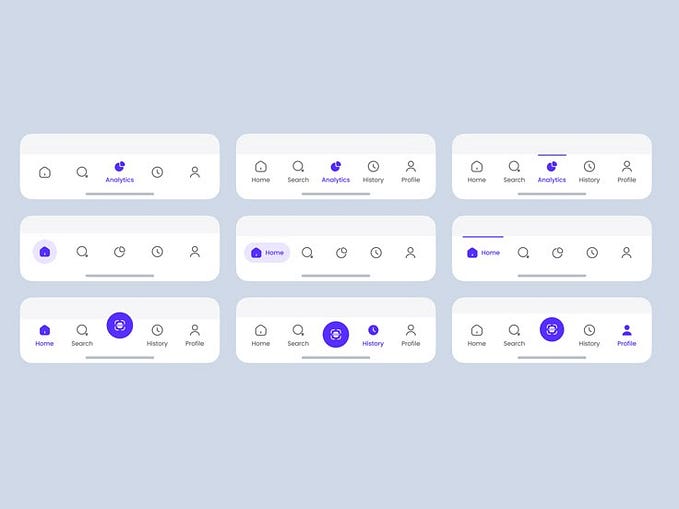Member-only story
Stakeholder management for design systems
The success of a design system depends more on stakeholder management than on the quality of its components.

Stakeholder management (also project stakeholder management) is a critical component in the successful delivery of any project, program or activity.
~ wikipedia¹
Stakeholder management is a continuous process of developing a communication strategy² for your project and influencing stakeholders through engagement.
Stakeholders are people or organizations that have a legitimate interest in a project³. This can be users of the product you are building or managers that provide the budget.

Why should you care about stakeholders?
Stakeholders, by definition, have an interest in your project and some kind of influence to impact its success.
Some stakeholders will have a higher impact on your project than others. However, the impact is not always tied to the position or power an individual has within an organization.
For example, a developer can convince her PM that using the design system will slow down the project. If this happens multiple times, it drastically reduces your adoption rate. This has a big impact, even though the same developer may be low in your company’s org chart.
Stakeholders can influence your project in different ways. For example, by providing or withdrawing resources like budget or people. Or by cooperating with your team or blocking all cooperation. Advocating for your design system is another way in which a stakeholder can support your success.
A design system changes the way people do their work. But most people are afraid of change. This poses a problem as a design system must be accepted and used to be successful.
As a consequence, a huge part of creating a successful design system is working with the…







